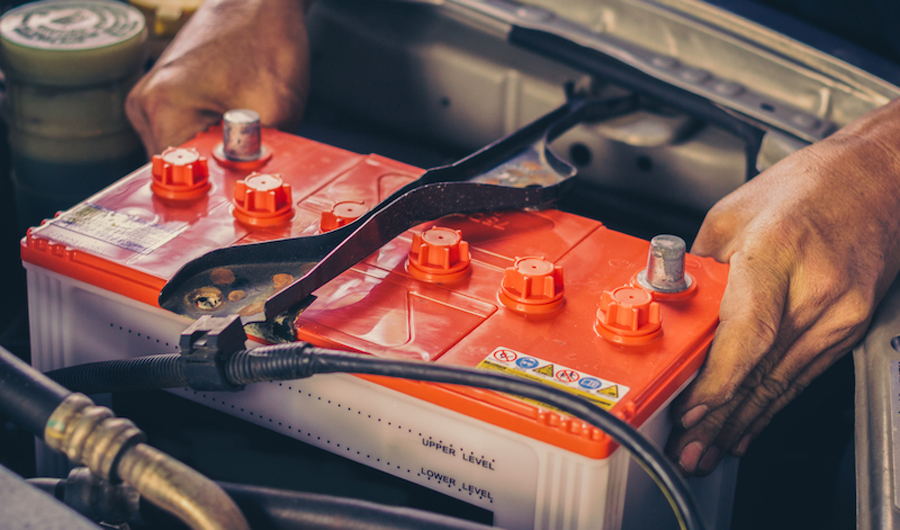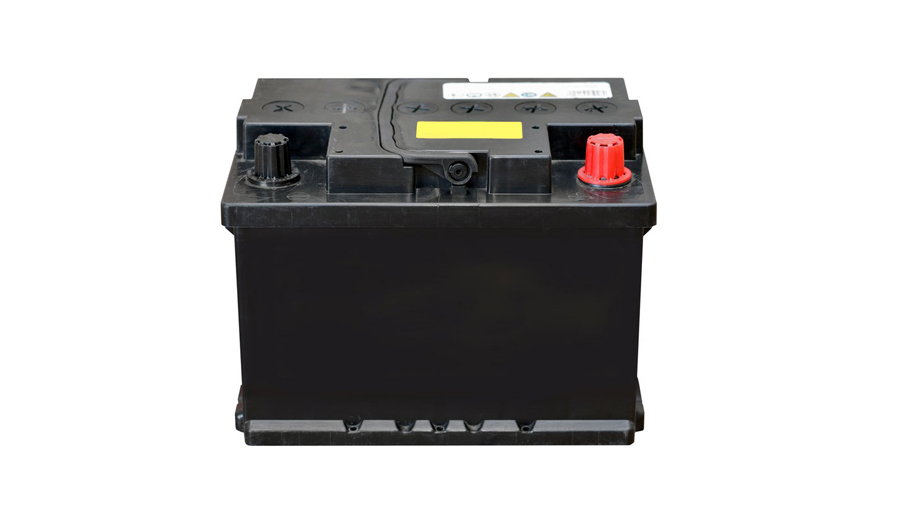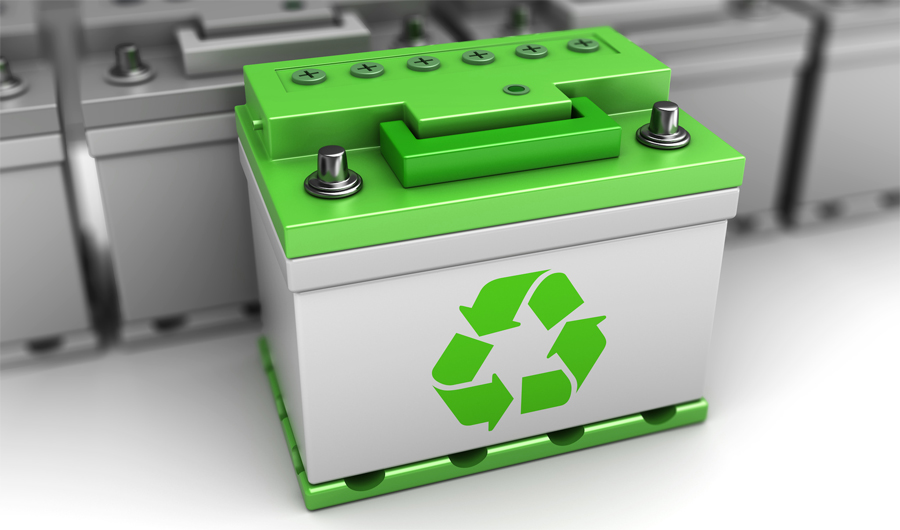Lead acid batteries have a wide range of applications. VRLA, AGM, Gel and other types of lead acid batteries have their own uses. Some are used for car starting, emergency lighting, backup power for computer systems, ignition, etc. Some are used for the traction power of electric cars, golf carts and other vehicles. They are also used for motorcycles, electric bicycles, electric scooters and so on. But with the widespread use, the maintenance of lead acid batteries is also a hot topic for discussion in every forum about car batteries. The performance and stability of lead acid batteries are affected by many factors such as overcharging, over discharging, improper storage, etc. We have talked about lead acid battery overcharging in a previous Knowledge post. Today, our topic is about the swelling of lead acid batteries.

What causes the swelling of lead acid batteries?
Both sealed and gel cell lead acid batteries may swell sometimes. Lead acid batteries swell because they are being manufactured as recombinant. The reasons of the swelling of lead acid batteries are overcharging and short circuit of battery terminals. Both of these conditions can cause the rise of temperature inside the battery and an excessive gas emission. As the temperature rises, the wires of the battery plate will show a high expansion rate, which will later cause the bending of the plate. Also, too high temperature can also lead to the oxidation of the battery plates. In summer, high temperature increases the likelihood of the swelling of lead acid batteries. Therefore, car battery maintenance in summer is crucial for the health of the batteries.
In addition to the above reasons, the structure of lead acid batteries may also result in the swelling of the batteries. In lead acid batteries, the positive and negative plates of the battery are placed close together, with only a thin separator between them. This results in the limited space inside the battery. If the plate of the battery swells, pressure will be applied directly to the outer wall of the battery. As a lead acid battery swells, cracks may appear on its outer wall.
How to handle the swelling of the batteries?
When handling a swollen lead acid battery, the first thing you need to pay attention to is safety. When a battery swells, you may be exposed to an overflow of the battery’s internal electrolyte or the release of other harmful chemicals. More seriously, the battery may explode. Lead acid batteries use lead plates and sulfuric acid dielectric as the electrolyte. Under normal circumstances, they are stable substances. But we should know that there is water inside the battery. If there is a short-circuit within the battery, the water will be electrolyzed into hydrogen and oxygen. If the volume of these two types of gas reaches a certain level, there might be an explosion when they are exposed to fire or heat. Today, with the increasing use of gel batteries, the explosion potential of traditional lead acid batteries has been significantly reduced. However, the possible overflow of electrolyte and the release of harmful chemicals in a swollen lead acid battery still needs to be noted. No swollen lead acid batteries shall be used any longer. The continued use of swollen batteries may lead to serious consequences such as fire and great damage. Therefore, for a swollen battery, what you can do only is to replace it as soon as possible and leave the disposal of the battery to a professional.

How to avoid the swelling of the batteries?
Through the above introduction, we know that overcharging and short-circuit are two of the causes of a swollen battery. Battery swelling can cause significant damage to its interior components. So the culprit could be the false selection of the battery chargers. For example, for a 12 V lead acid battery to be recharged, the use of a 24 V battery charger is likely to cause the overcharging of the battery. And it will possibly cause the swelling phenomenon. Therefore, in order to avoid overcharging and short-circuit, the following precautions will be necessary:
- Choose a quality battery charger that matches the battery’s voltage and current settings.
- When connecting a battery charger to a battery, promise that the electrodes are selected correctly.
- Prevent any short-circuit situations in battery terminals.
- Avoid overcharging and over discharging of the battery.
- Check and make sure that the electrolyte inside the battery is at a reasonable level.
- When charging a battery, do it in a dry and well-ventilated place.
Maintenance of Lead Acid Batteries
In the above, we have introduced the cause, how to handle and avoid the problem of the swelling of lead acid batteries. Next, let’s take a look at how to properly maintain lead acid batteries.
Whether it is a AGM, sealed or gel cell lead acid battery, it must be recharged frequently to avoid the sulfation in its plates. The charging time of the battery should also be controlled according to its instructions, which is typically around 15 hours. Over discharging should also be avoided when they are in use. Remember to charge the battery when it is needed. When charging the battery, ensure that the environment is well-ventilated to prevent the battery temperature from going too high. For a proper storage of lead acid batteries, ensure that they can be recharged every 3-6 months to avoid the sulfation problem. By doing this, the stable use and an extended service life of lead acid batteries can be expected. There is also a blog post on our website about how to let lead acid batteries work better on our website. You can read the blog to learn more about lead acid battery maintenance.

